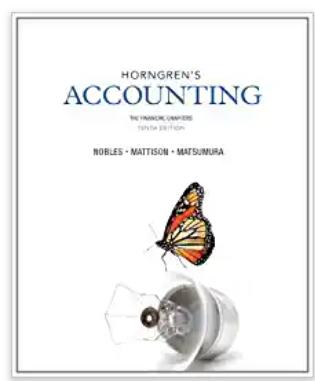Question
COULD YOU PLEASE REWRITE? PLEASE NO AI - THERE IS AI DETECTORS TURNTIN I intend to clarify to the board how a group structure pays
COULD YOU PLEASE REWRITE? PLEASE NO AI - THERE IS AI DETECTORS TURNTIN
I intend to clarify to the board how a group structure pays corporate tax and support my position. The Australian Accounting Standards Board (AASB) sets guidelines for accounting for income taxes underAASB 112, "Income Taxes." The regulation states that the amount of income tax due to the tax authorities about the taxable profit or loss for the period, as well as any changes about past periods, shall be shown in the financial statements of income tax expenditure. (Income taxes - Australian accounting standards board2015). A consolidated financial statement (Deegan, C 2020) is prepared in the case of a group structure, and it shows the aggregate taxable profit or loss of all entities within the group, indicating that each entity's tax is calculated before the applicable law. A holding company owns subsidiary companies or entities in this scenario. (In 2022). Almost one-third of the big Australian corporations pay no income tax. Framework: When determining the amount of income tax owed, businesses must take into account both current and deferred tax obligations as well as assets, according to AASB 112. In contrast to current tax obligations, tax-deferred obligations represent the total amount of taxes that an entity expects to pay or recover for taxable earnings or loss in later periods. (Deegan, C. 2020).
Group structures can take advantage of any tax advantages provided by the country in which they operate, including exemptions, reduced tax rates, and deductions, by employing tax planning strategies. By optimising their group structure and activities, businesses can lower their overall tax burden. Fletcher (2022)To sum up, a group structure pays corporate tax by utilising TaxPlaining, calculating income tax payable or refundable about taxable earnings or loss, and merging the financial results of all firms within the group through consolidated financial accounts. The whole economic group structure should be taken into account when calculating tax responsibilities since it lowers the proportion of organisations that have no tax due.
Hence, I would suggest to the board to consolidate as a group to obtain benefits such as the lodgements of a single tax return for the group and consolidated PAYG instalments. This will reduce such tasks' administration and compliance costs (Costs and Benefits 2016). However, we should also consider the cost implications of consolidating as a group. As, there are high initial costs of software, legal fees, the cost of obtaining information and the shared responsibilities of bearing the tax return as a group (Costs and Benefits 2016).
Step by Step Solution
There are 3 Steps involved in it
Step: 1

Get Instant Access to Expert-Tailored Solutions
See step-by-step solutions with expert insights and AI powered tools for academic success
Step: 2

Step: 3

Ace Your Homework with AI
Get the answers you need in no time with our AI-driven, step-by-step assistance
Get Started


